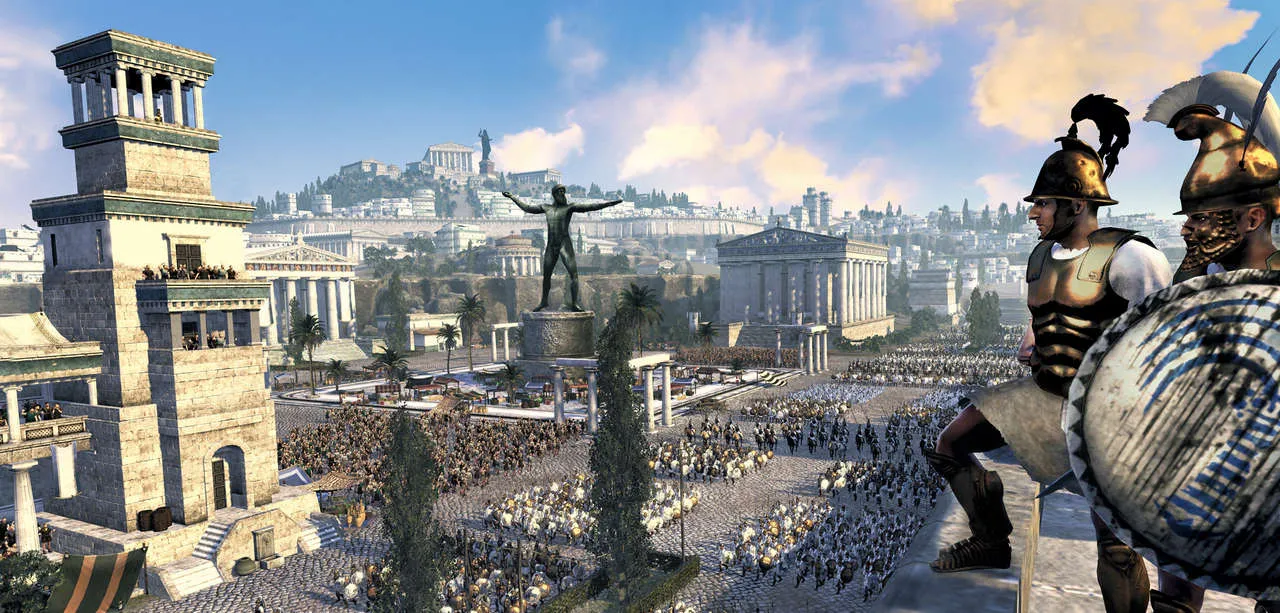
Total War: Rome II: A Stunning Yet Flawed Epic
Contents
Total War: Rome II arrived with immense hype, touted as the pinnacle of strategy gaming in 2013 and a landmark entry in the acclaimed Total War series. However, a disastrous launch riddled with technical issues quickly tarnished its reputation, forcing developer Creative Assembly to issue an unprecedented apology. While the game has undergone significant improvements through numerous patches, the initial stumble left a lasting impact. This review explores the strengths and weaknesses of Total War: Rome II, examining its stunning visuals, engaging battles, and innovative features, while also addressing the persistent technical issues and design flaws that hold it back from true greatness.
A Visual Masterpiece
Total War: Rome II is undeniably a visual spectacle. The game boasts breathtaking graphics, arguably the best in the strategy genre to date. From sweeping landscapes to intricately detailed character models, Creative Assembly has crafted a world that feels truly cinematic. The grandeur of Roman legions marching through snowy plains, the imposing presence of Cataphract cavalry thundering across desert battlefields, and the breathtaking beauty of cities like Carthage, Rome, and Alexandria are all sights to behold.
 Carthago
Carthago
The sound design further enhances the immersive experience. The clang of steel on steel, the neighing of warhorses, the trumpeting of elephants – every sound contributes to the realism and intensity of the battlefield. While the soundtrack, composed by Richard Beddow, may not reach the iconic heights of Jeff Van Dyck’s previous work on the series, it effectively complements the on-screen action. However, the lack of dynamic music that changes with the ebb and flow of battle is a missed opportunity.
The detailed animations of individual units are another highlight. From horses rearing and kicking to Hoplites using their shields to throw enemies and Spartan warriors spearing foes mid-air, the combat animations are fluid and visceral. While some inconsistencies remain (axe and club animations mirroring swordplay), the overall presentation is impressive.
Endless Replayability
Total War: Rome II offers a vast sandbox of strategic possibilities. Relive history as a Roman consul, waging the Punic Wars against Carthage. Seek to restore the glory of Alexander the Great as Macedon. Forge a new empire as the rising power of Parthia. Or chart your own unique path, leading Sparta on an unlikely conquest of India.
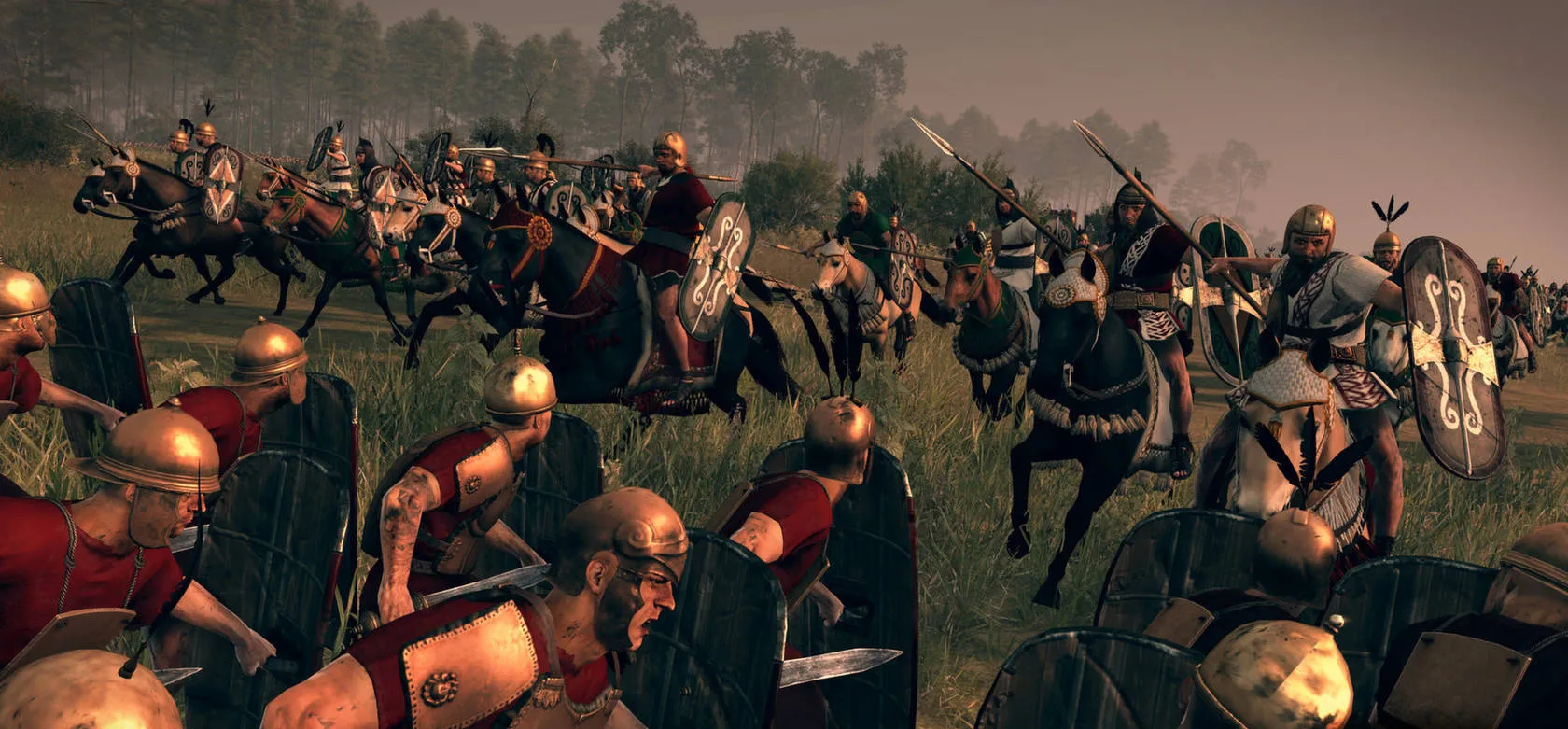 Roman Legion
Roman Legion
The game’s depth is further enhanced by a robust modding community, adding new units, factions, and gameplay mechanics. With over 800 unique units in the base game, each meticulously rendered with detailed armor, weapons, and even footwear, the possibilities for army composition and tactical experimentation are virtually limitless.
The Thrill of Battle
Total War: Rome II excels in its open field battles. The AI is arguably the most sophisticated in the series, employing flanking maneuvers, exploiting weaknesses, and reacting intelligently to player tactics. The morale system is also well-implemented, reflecting the realities of ancient warfare, where even the bravest soldiers would break and flee in the face of overwhelming odds or a threatened flank.
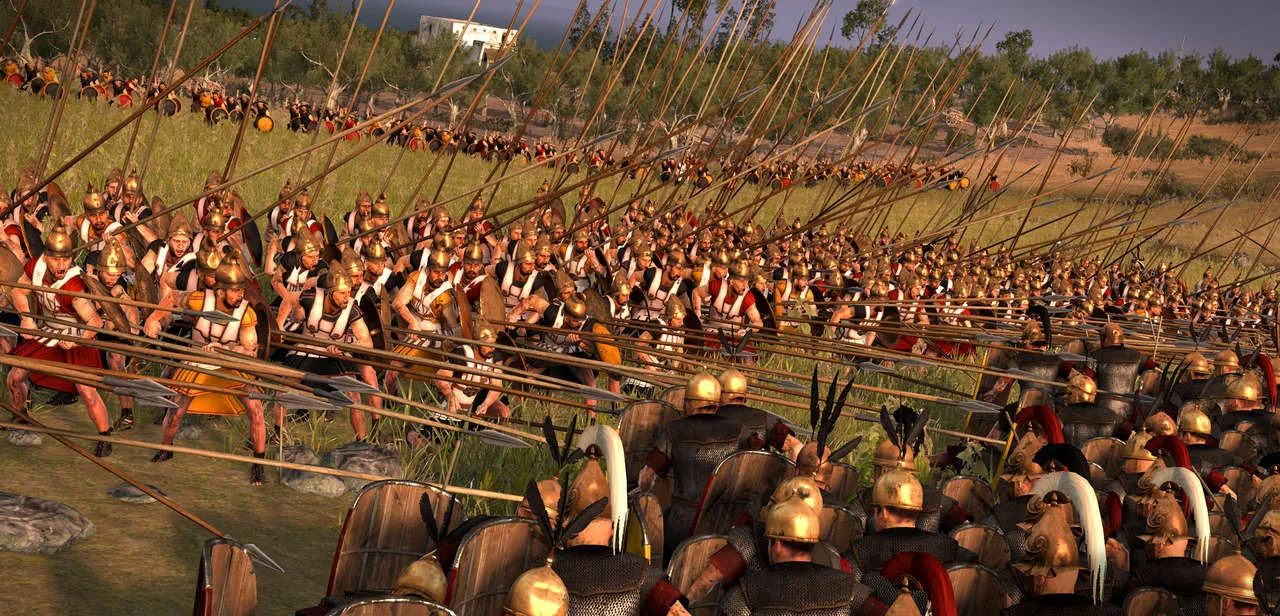 Naval Battle
Naval Battle
Naval battles are another engaging aspect, allowing players to ram enemy ships or engage in ranged combat. While some quirks remain, such as erratic ship movement, the naval combat represents a significant improvement over previous installments.
Innovative Features
Total War: Rome II introduces several innovative features. The limited army system encourages strategic deployment and resource management, forcing players to prioritize their forces and defend key territories. The province system streamlines city management, allowing players to govern multiple settlements within a single province and enact province-wide edicts. The inclusion of agents, each with unique abilities and roles, adds another layer of strategic depth. Finally, the introduction of special abilities for units, such as the Gallic Oathsworn’s Frenzy and Headhunt, adds a dynamic element to combat.
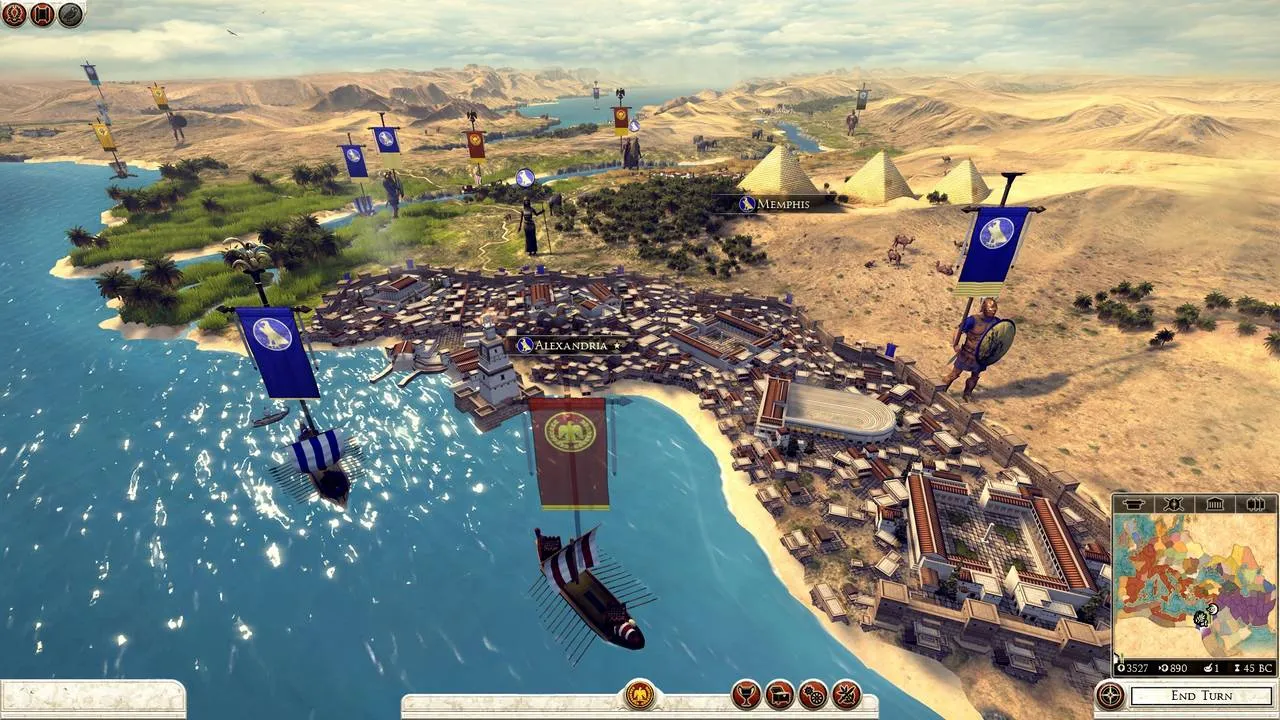 Managing Provinces
Managing Provinces
Performance Issues and Design Flaws
Despite its strengths, Total War: Rome II is hampered by persistent technical issues. The game is notoriously demanding, even on high-end hardware, due to its complex animations, detailed graphics, and poor optimization. While performance has improved since launch, siege battles remain problematic, plagued by frame rate drops and lag.
 Performance Issues
Performance Issues
Siege battles themselves are poorly designed. The AI exhibits baffling behavior, often prioritizing burning down gates over securing strategic positions within the city. The ease with which gates can be burned down, even with iron gates succumbing to a few torches, further detracts from the realism and challenge.
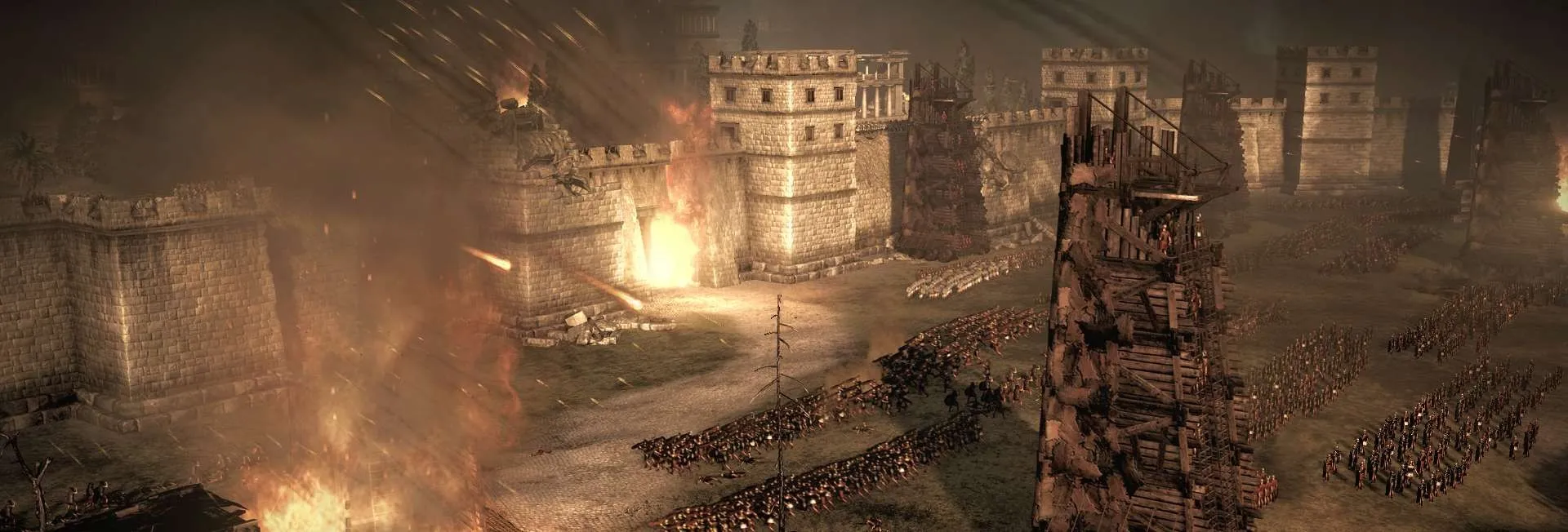 Siege Battle Issues
Siege Battle Issues
The campaign lacks depth in character development and political intrigue. The one-turn-per-year system limits the lifespan of characters and reduces the impact of political events. The political system itself feels largely inconsequential, with little impact on the overall gameplay experience. The auto-resolve system also favors quantity over quality, leading to unrealistic outcomes and imbalances in power.
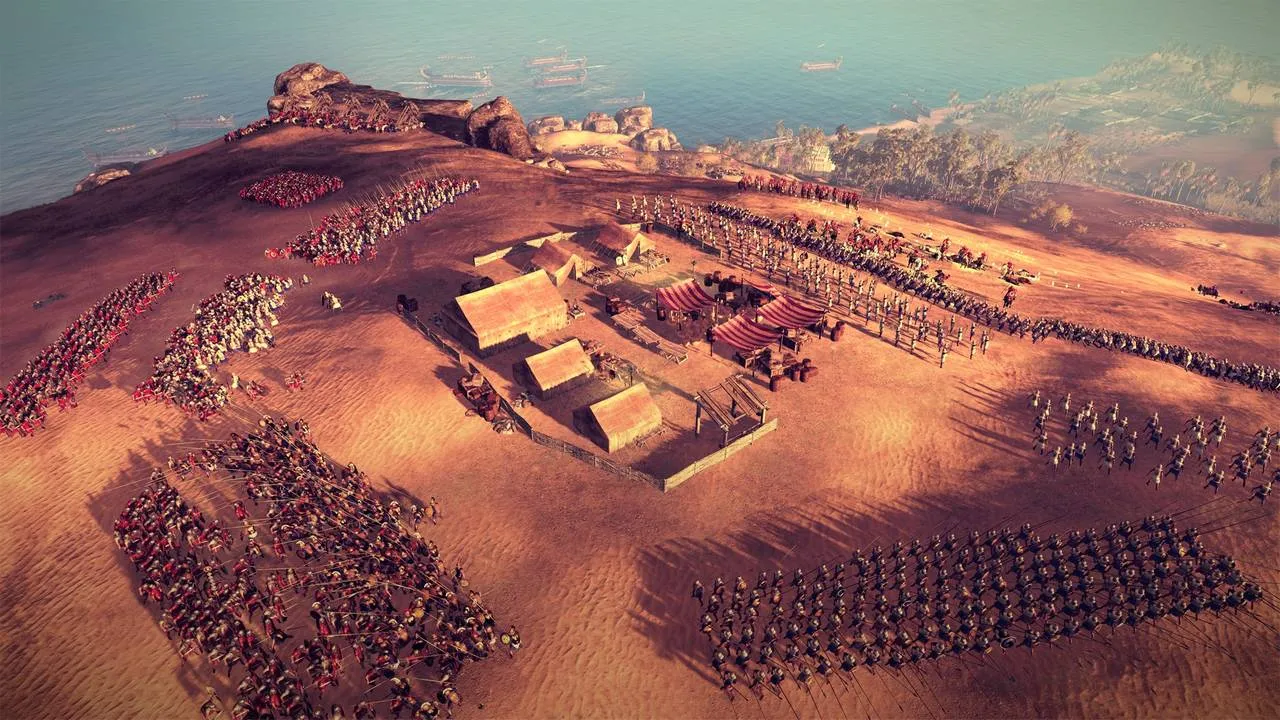 Campaign Issues
Campaign Issues
Conclusion
Total War: Rome II is a game of contrasts. It boasts stunning visuals, engaging battles, and innovative features, yet it is held back by persistent technical issues and questionable design choices. While the numerous patches have addressed many of the launch-day problems, the flawed siege battles and shallow campaign prevent it from reaching its full potential. Despite its flaws, Total War: Rome II remains a visually impressive and engaging strategy game, offering countless hours of gameplay for those willing to overlook its shortcomings. The potential for greatness is evident, but ultimately unfulfilled.
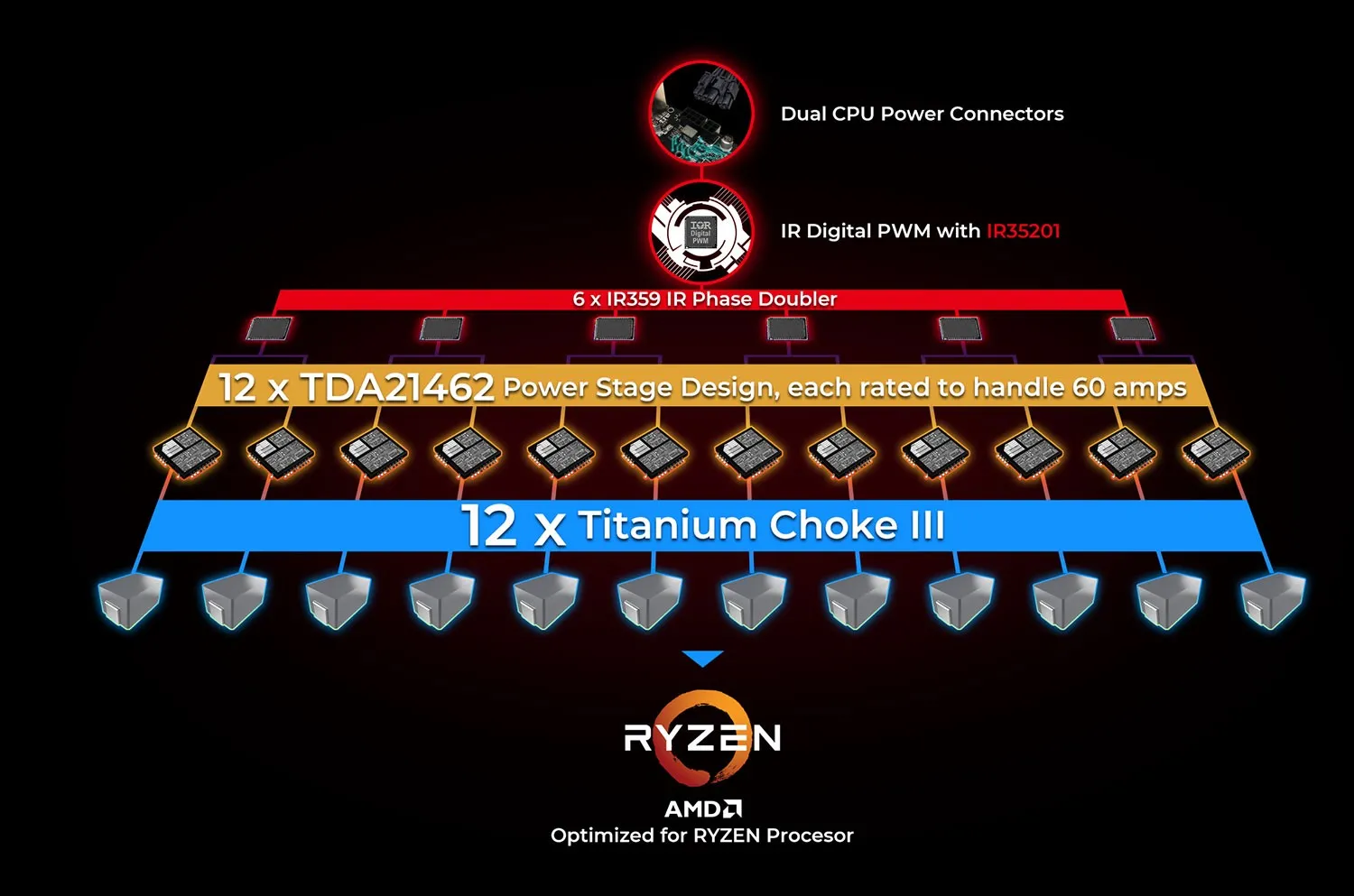
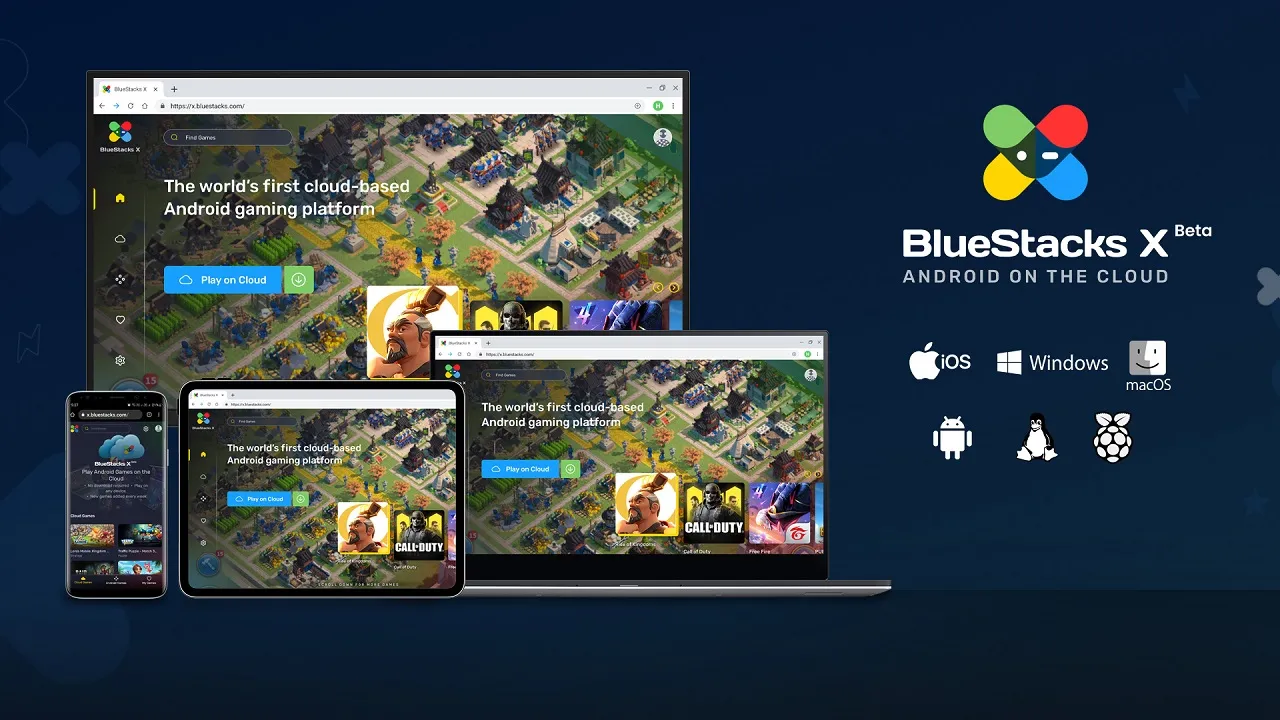
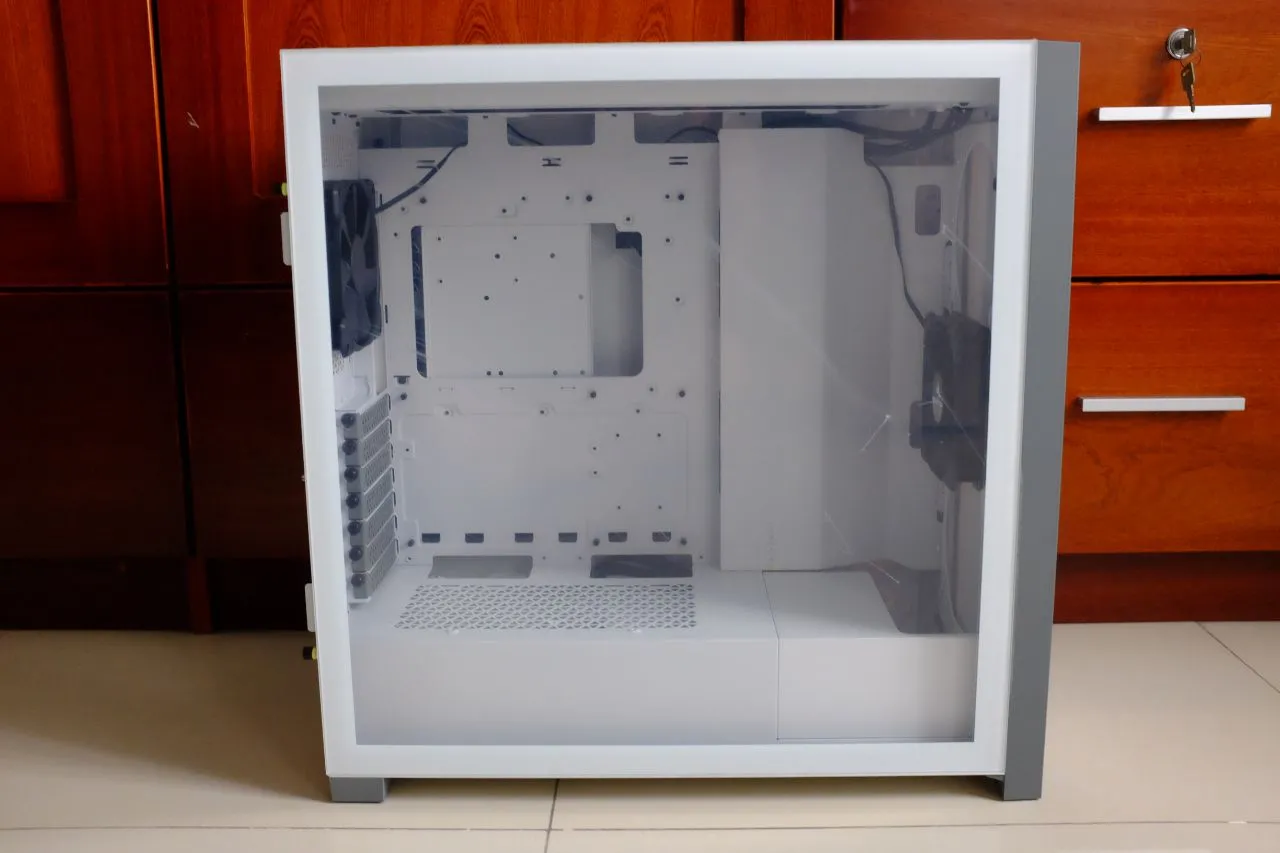
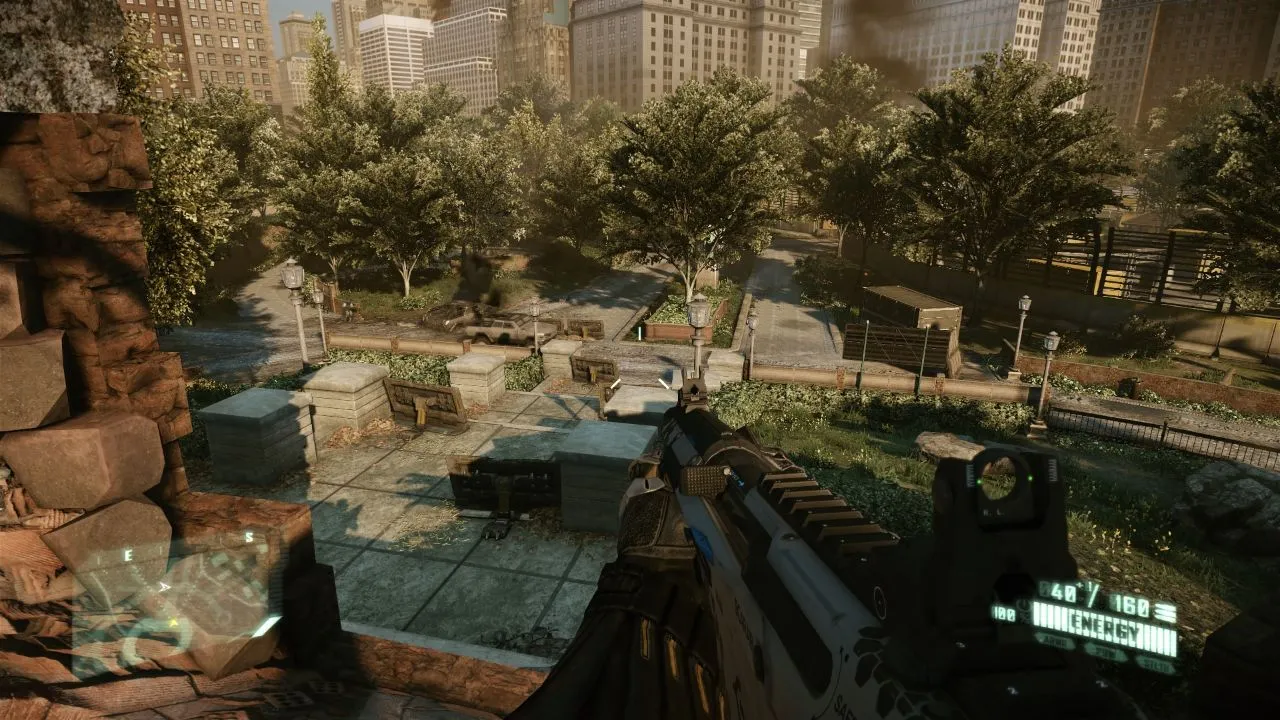
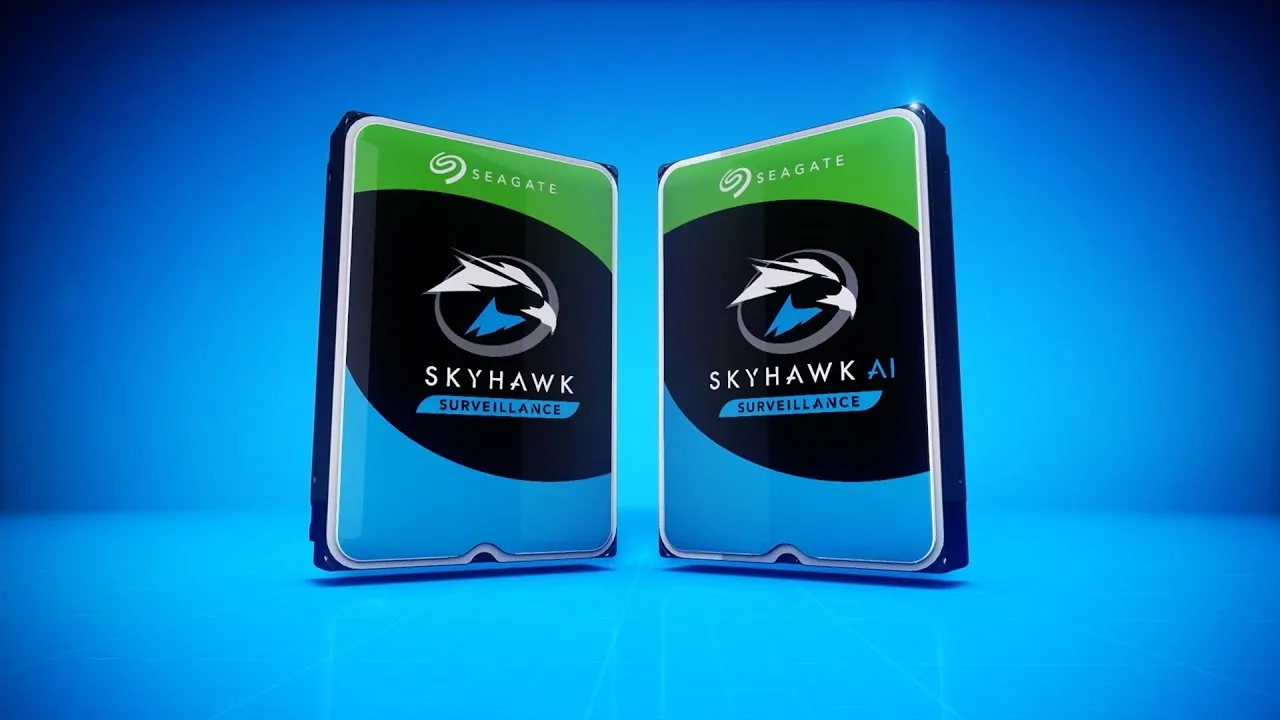
Comments (0)